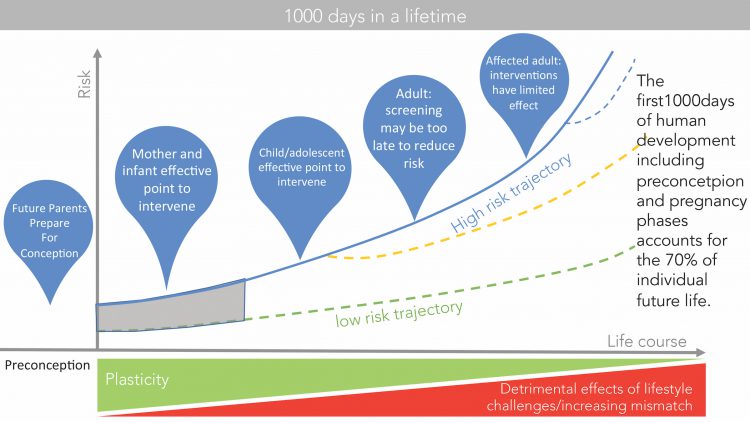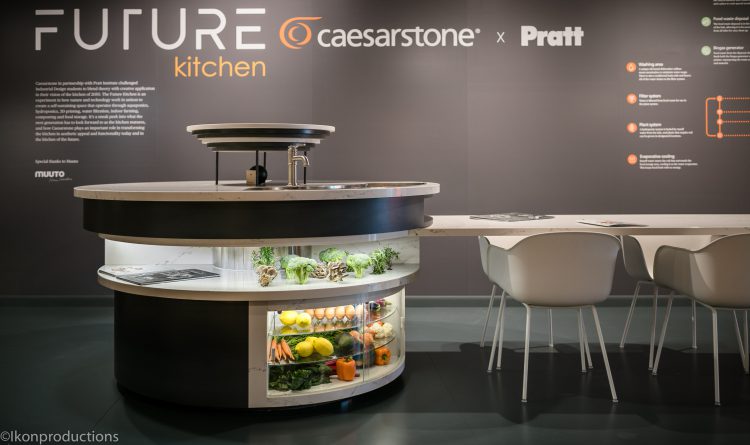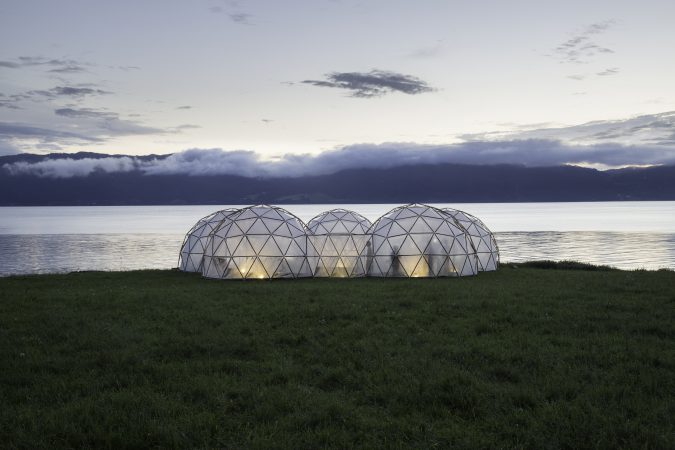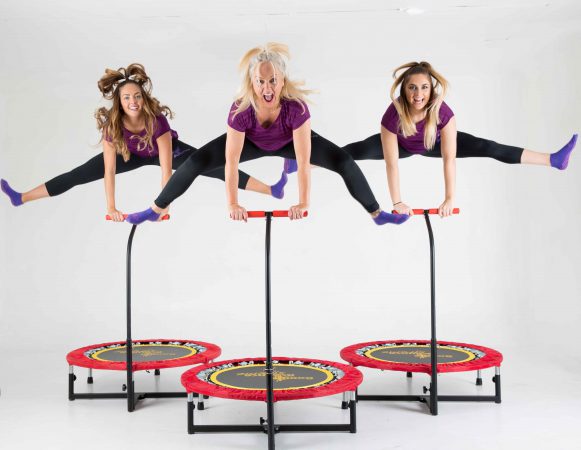The Global Wellness Institute has compiled a list of eight wellness trends set to impact the $3.7 trillion industry this year.
Based on the perspectives of renowned economists, medical and wellness professionals, academics, and leaders across all sectors of the wellness industry, the
2018 Wellness Trends Forecast features eight trends that speak to either entrepreneurial or personal wellness moonshots that push the health and wellness envelope in unprecedented ways.
The GWI is confident the trends will grow worldwide and become big businesses in the years ahead.
The full list is below:

Mushrooms emerge from underground
In 2018 more people will explore the unique medicine that mushrooms provide our brains and bodies. Thanks to a surge in rather mind-blowing medical evidence, demonstrating that they reset the brain and shake the ‘snow globe’ on rigid neural patterns, magic mushrooms will emerge from the underground, and could prove ‘better than existing treatments’ for anxiety, depression and addiction. We’ll also see regular mushrooms (especially ‘adaptogenic’ varietals like reishi, cordyceps, chaga) get infused in everything imaginable including skincare products, powders, lattes, cocoas, chocolate, broths, oils and teas.

A new era of transformative travel
‘Transformational travel’, travel that challenges people on a deeply personal level, creating emotion through the powerful medium of storytelling, will emerge this year. We predict more wellness destinations will use the power of wellness circuits and epic storylines to create a ‘necklace’ of linked wellness experiences rather than the disconnected ‘beads’ of programming, amenities, and itineraries. Current examples include Six Senses Bhutan (a multi-chapter wellness circuit where people journey across five lodges, at each totally immersed in one of five key pillars of Bhutan’s Gross National Happiness Index),The Red Mountain Resort in Iceland (still in the design proposal stage) where guests follow an intense, five-chapter emotional and sensory voyage of an ancient Icelandic hero, and the all-day Spa Safari on Sumba Island where guests participate in a long, nature-roaming journeys via a circuit of hiking, meditation, treatments, etc.

Reframing the first 1000 days
We all know that it takes a sperm and an ovum to create a baby. However, in our mom-centric world, we have not recognised that the health and lifestyle choices of both parents during the pre-conception period, including emotional wellness, can impact their child’s health for a lifetime. This new trend challenges us to look before the traditional 1000 days of pregnancy and early childhood and puts sharp focus on the role of epigenetics, the study of how gene expression changes with environmental and lifestyle factors. As more research is released, expect to see new guidelines that that go far beyond ‘no smoking or alcohol during pregnancy’.

The wellness kitchen
For generations, kitchens have been places where we store dead food in dark cupboards that would be consumed months, or even years, later. However, the old eating and lifestyle habits of the 1950s are history, and today more people want to eat living, healthy, organic food. The newly christened ‘Wellness Kitchen’ will store and showcase fresh fruits as opposed to processed foods, and new designs and technology will celebrate uncluttered, well-ventilated spaces that encourage socialising as well as the preparation of healthy food. Refrigerators will be reimagined to properly store and transparently display fresh fruits and vegetables, and kitchens will have space for gardens and sprouting. Noisy appliances will be a thing of the past. Composting delivery systems and particulate and oxygen sensors will be standard features. Because just like the food it contains, the Wellness Kitchen doesn’t merely feed – it nourishes.

Getting our ‘Clean Air Act’ together
The toxins in the air that we breathe (both indoors and out) have become a catastrophic invisible killer, responsible for the premature deaths of 6.5 million people worldwide. As the gravity of this issue becomes clearer we will see individuals owning their own ‘clean air acts’. This can mean filling our homes and offices with plants, donning chic air pollution masks, actively monitoring indoor air quality using new sensors and apps, investing in devices that purify the air around us, adopting new pollution-fighting beauty regimes, embracing more salt therapy and breath work training, or choosing ‘lung-cleansing’ travel destinations.

Extreme wellness
The power to become the best we can be has never been more attainable, and the pursuit of wellness has never been more extreme. Brain ‘hacks’ are on the rise, and there is a surge in
brain-optimising nootropics and even private brain optimisation clubs, like the soon-to-launch Field in New York City, which uses neuromodulation technology to create that ‘elite brain’. An age of hyper-personalised, deep-view health and wellness, thanks to tests combining DNA, epigenetic and microbiome testing is on the horizon. The new luxury travel escapes will challenge both body and mind. For example Black Tomato’s ‘Get Lost’ adventures drops customers into the wilderness to fend for themselves with the aim of “building a better brain and hacking the body’s basic make-up through precision medicine and wellness”.

Wellness meets happiness
The UN’s World Happiness Report, which surveyed people in 155 countries, reveals most aren’t happy recording an average 5 /10 happiness score – and numerous other research studies have confirmed that although physical health and income are key measures behind individual’s happiness, social connection plays an extraordinary role too. Sadly however new research is finding that designed-for-addiction smartphones and social media are creating a depression, anxiety, suicide, addiction, and extreme body issues epidemic. The happiness science lessons are clear: the wellness world needs to put a greater focus on happiness generally, and on driving social connection and technology disconnection specifically. 2018 will be the watershed backlash year against big tech.

A new feminist wellness
2017 was a year of attacks on, and fighting back, by women and ‘feminism’ was named the word of the year. With this new feminist wave, we’ve also seen a shift in the self-care concept: from more selfish (me) to more political (us). With this confluence of forces, we predict new intersections between women’s empowerment, feminism and wellness in 2018. Although the female-dominated wellness world has been caring for women’s bodies and lives for years, creating, in effect, a supplemental, woman-focused healthcare system, the woman-empowering message in wellness will get more explicit and the parameters of what constitutes wellness for women will radically expand. By women, for women, wellness solutions will march strong. More wellness travel will be squarely aimed at women’s empowerment: from more tough all-women’s adventure travel to more ‘painmoons’ (wellness retreats providing women emotional healing after divorce, breakups, grief, anger, loss of sexual happiness, etc). There will also be new, more feminist beauty programs that put a brain back in the beauty equation – like Six Senses soon-to-launch holistic anti-ageing clinics. This fourth wave of feminism is galvanising this rush of for-women, by-women wellness. But no matter the future political climate, this trend comes down to one fact: the sheer growth in women’s spending power, because economists agree – the global economic future is female.




